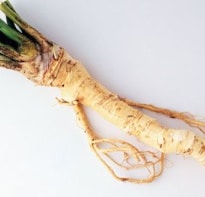Fresh horseradish, unlike the preserved stuff, has the devil inside it.
Advertisement
Advertisement
For the latest food news, health tips and recipes, like us on Facebook or follow us on Twitter and YouTube.
Advertisement
Tags:
